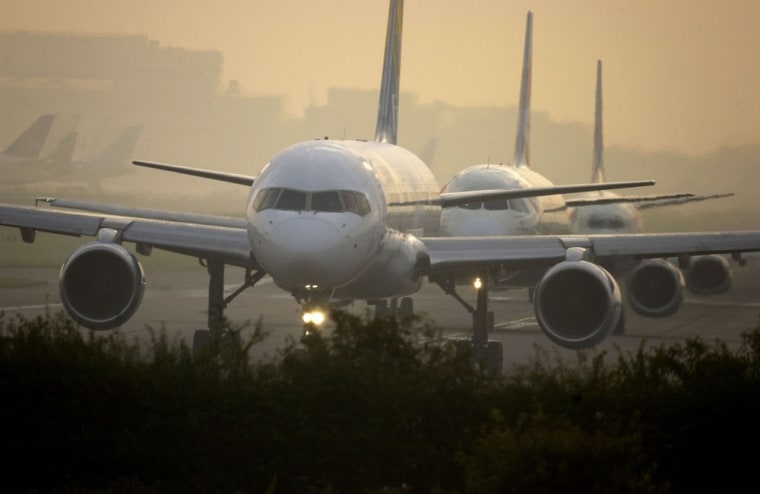There are tarmac delays and then there are tarmac delays — just ask the Air Canada passengers who sat on a Vancouver runway for 12 hours a couple years ago. Food and water were rationed, and the cabin air was stifling. Even more torturous, the footbridge was still connected to the gate. Yet the airline refused to let passengers off the plane, blaming a combination of weather, fuel, and crew issues.
Fortunately, lengthy tarmac delays like this may well be a thing of the past. In May 2010, the Department of Transportation implemented a new rule: aircraft cannot idle on the tarmac for more than three hours with passengers on board or the airline will be fined. And those fines are substantial — $27,500 per passenger — which means that a 200-passenger plane could generate a whopping $5.5 million fine. Now airplanes rush back to the gate when a delay even begins to approach the three-hour mark.
Unfortunately, there’s little doubt that shorter delays will still occur. After all, most tarmac delays are due to weather, air traffic control gridlock, or a combination of the two. And when they occur at a major hub like New York’s La Guardia, Chicago’s O’Hare, or Dallas/Fort Worth, they radiate across the country and tie up hundreds of flights.
Still, the new rule seems to be working exceptionally well. According to DOT statistics, there were only 12 tarmac delays that lasted more than three hours from May through September 2010. Over the same period in 2009, a staggering 535 tarmac delays went over three hours. In fact, some of the worst delays on record happened in the past three years.
Though the number of long delays has decreased, it’s still awful to be stuck. In June 2010, passengers on Virgin Atlantic Flight VS001 spent four hours on the tarmac. Bad weather had forced this Newark-bound flight to land in Hartford, Conn., where technical problems kept it grounded without lighting or air-conditioning. Ambulances were called when some of the 300 passengers fell ill. As a non-U.S. carrier, the airline wasn’t subject to fines, but customer service–focused Virgin did offer each passenger a free round-trip ticket.
To date, no airline has been fined for exceeding the three-hour limit, and the DOT seems to be taking a lenient approach. But the recent delays are mere inconveniences compared with a 2007 ice storm that delayed nine JetBlue flights for up to 11 hours. Between then and the new rule of May 2010, there have been some legendary incidents.
